|
In 2019, as Susquehanna University professor Jennifer Elick transported her class to a wastewater treatment facility tour and water sampling opportunity in eastern Snyder County, one of her students started feeling sick. “I dropped her off at the local laundromat with some fleece blankets and had her run them through the wash cycle,” Elick said. “Every 10 minutes, she took a sample of the washer’s water.”
Again, Savitz pointed out that the study’s focus was on presence – and illustrates just how widespread the issue has become in our state alone.
“Even in places that are seemingly pristine are impacted,” he said. “Valley Creek at Valley Forge had untouched snow around the banks, and we still found microplastics there.” Elick noticed in a paper that was released several years ago that microplastics have been found in everything from the bottled water we purchase to the tea bags we use to flavor that water – and increasingly in human feces and other sources that go directly to the wastewater treatment facilities that don’t have efficient microplastic filters. “A few years ago, one of the treatment plant’s workers talked about some of those microplastics even falling out of suspension early as finer threads made it through processing and into brick material that used to be given to farmers to spread on their fields as fertilizer,” she said. “That hasn’t been done more recently, but it shows how quickly it can be spread all over. The scariest thing is that it’s in our precipitation, in the environment, in glacial ice and our groundwater.” Unknown ripple effects “The new report from PennEnvironment about the prevalence of microplastics is very concerning,” said Dr. Jon Niles, of Susquehanna University’s Freshwater Research Institute. “There is still much information that we don’t know about the impact of microplastics on our freshwater ecosystems and the aquatic species that inhabit these waters.” Niles has his own ties to microplastic research in area waterways – last June the Middle Susquehanna Riverkeeper Association shared out information about a study Niles and his students completed, testing the contents of 206 smallmouth bass stomachs collected over a three-year span from 2017 to 2019. Each year, the concentration of microplastics in the samples increased until all samples collected in 2019 contained some combination of microplastic materials. “The diet analysis of smallmouth bass shows a large variety of prey items from several trophic levels suggesting that there are many pathways for the accumulation of microplastics,” said Niles at the time. How that directly impacts health is still being determined. “These filaments are very tiny, so maybe fish suck them into and through their gills. They are so tiny, it is more likely that mollusks and mussels on the bottom of the river and oysters in the Chesapeake Bay are filtering them out and incorporating them into their own biomass,” said Elick. “Then you start to think about the raccoons that eat the mussels, and then whatever eats the raccoon. It can climb through the food chain quickly.” As Savitz continues to study the microplastic pandemic and receives feedback on his recent study, he finds himself most drawn to the unknowns of that potential ripple effect. “We don’t realize the danger this poses to wildlife within our waterways, but also to humans,” he said. “Plastics contain all sorts of chemicals and can act as sponges for other contaminants that can directly impact our health. We are consuming this in our water, in our food, in the air and we’re consuming it in high quantities.” One pandemic impacting another The coronavirus pandemic has only increased the spread of microplastics as masks containing synthetic fibers and stay-at-home restrictions led to an increased reliance on plastic-based takeout packaging and utensils according to a study by Susquehanna University student Samantha Chillis under the supervision of professor Dan Ressler. “We had samples from 2019 before everything closed down and took more in 2020 during the shutdown,” said Ressler. Chillis collected the samples from a study in East Buffalo Township near Lewisburg along sections of restoration on Limestone Run, known locally as Bull Run. “For a majority of Bull Run, I looked at pools and eddies,” said Chillis. “For the pool sites at both upper and lower Bull Run, we saw an increase (of microplastic particles) in them.” In the lower Bull Run segment, Chillis was finding five to six pieces of microplastics per each 30-gram sample of sediment from those pools in 2019 collections vs. eight in 2020. In the upper Bull Run section, the amounts doubled from four (in 2019) to eight to 10 microplastics (in each 30-gram sample) from 2020. For context, 30 grams is about two tablespoons of sediment material tested in each sample. Those microplastic particles included flakes “from plastic bags or anything else that can break off into smaller pieces that aren’t hard or thick plastic,” harder 3-D particles “ranging from little white pieces that may have broken off from plastic silverware or little microbeads” and microfibers “from clothing and even little wiry remnants that almost looked like they were from a frayed rope,” said Chillis. “When you look at a study like ours, we don’t have million-dollar-funded research projects with state-of-the-art equipment, but even with the simple tools we have, we found microplastics a lot more broadly spread than originally expected,” said Ressler. “The fact that we can turn over a rock in any part of our region and find microplastics is notable. It would be easy to just say that this is a Bethlehem or Philadelphia problem, but then you realize just how much of an issue it is right here in our region.” Converting facts into action “It is critical that we better identify how microplastics might be entering our ecosystem as they can come from a variety of sources, including stormwater runoff, wastewater treatment effluent and even from the wind,” said Niles. “We need to work to reduce the amount entering our waterways.” Ressler agreed. “There is a lot of plastic from all corners of consumer life, from plastic bags and shipping materials to the plastic utensils we use for eating – they all break down and wind up where we never expected them,” he said. “Even these masks that have become a part of our lives over the past year, they contain a lot of plastic fibers and you see them laying in street gutters that lead to our creeks.” “For me,” added Chillis, "just thinking about what you are doing day to day can help. If you enjoy takeout regularly, consider a reuseable straw or silverware. Take time to recycle your plastic instead of it winding up in a landfill.” Unfortunately, it can be hard to avoid plastic, Elick admitted. “So much of our clothing nowadays include synthetic fibers. It seems odds to be wearing plastic like we are, in many ways. In my house, we have lots of blankets – even the interior of my camper is made of plastic filaments,” she said. “But we can make a difference if we change the areas we can and avoid purchasing plastic-based items where possible.” Savitz suggested taking those actions to the next level for any real impact on the problem. “Using re-useable bags at the grocery store and recycling helps, but it can feel like a Band-Aid on the scope of what we’re dealing with concerning plastic pollution,” he said. “Beyond mindfully tackling your own waste, it is important to make our voices heard. Call elected officials and tell them that you care about plastic pollution. “Plastic is really everyone’s problem, and clearly the system we are using now to deal with it isn’t working when you realize just how much of it is out there.”
2 Comments
Jim Sanders
4/1/2021 02:47:19 pm
Somewhere above it mentioned that microplastics were found in glacial ice. How did that get there?
Reply
Jennifer Elick
5/17/2021 03:22:13 pm
Microplastics can be so small that they can be found in all sorts of precipitation and carried by the wind...because precipitation (snow) feeds glacial ice formation, it can be found in glacial ice.
Reply
Leave a Reply. |
AuthorsRiverkeeper John Zaktansky is an award-winning journalist and avid promoter of the outdoors who loves camping, kayaking, fishing and hunting with the family. Archives
July 2024
Topics |
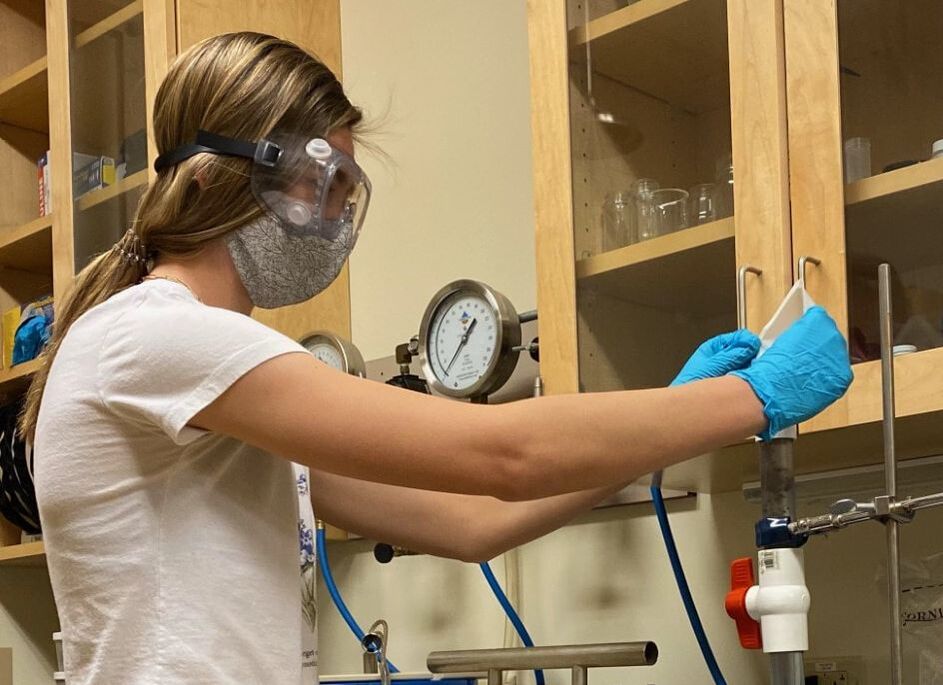
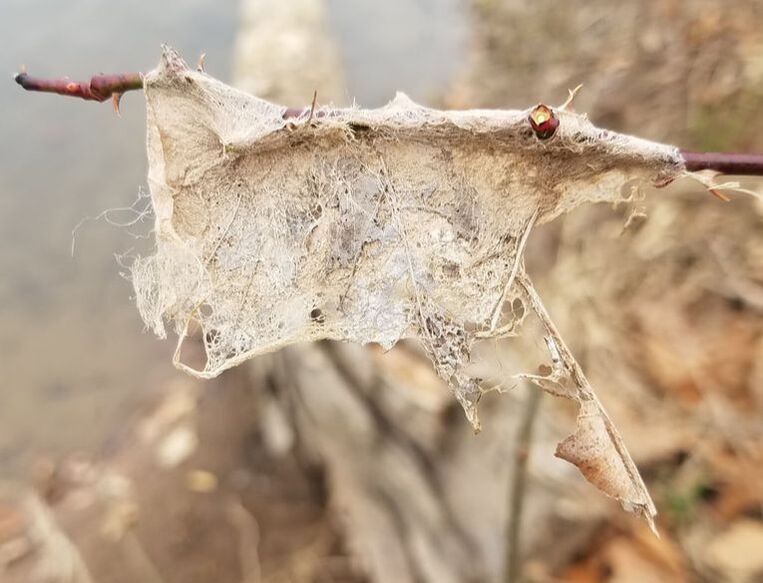

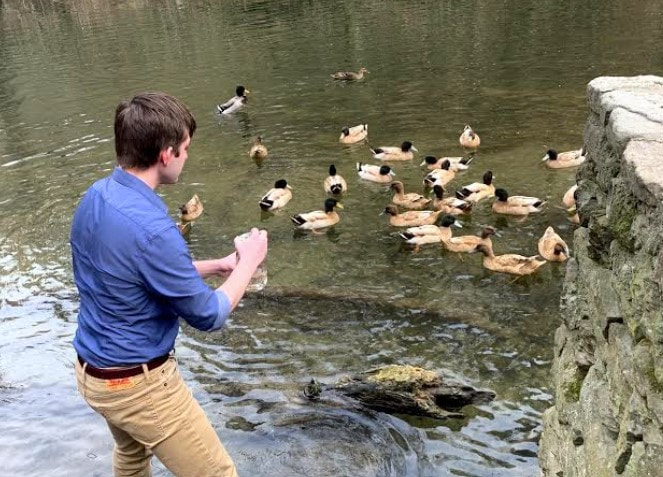
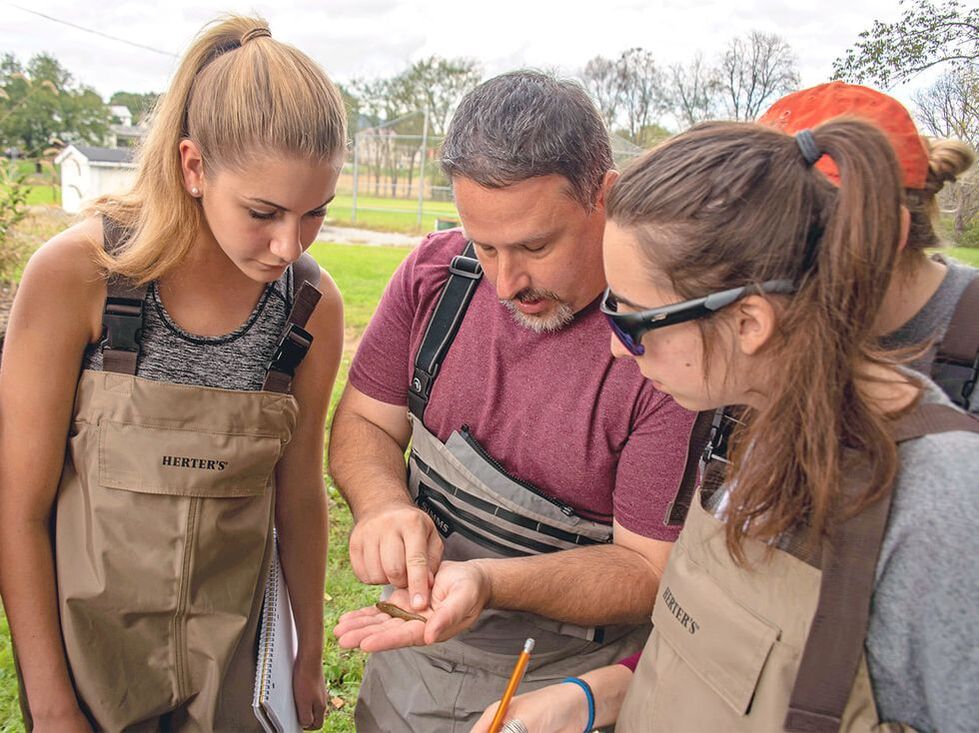
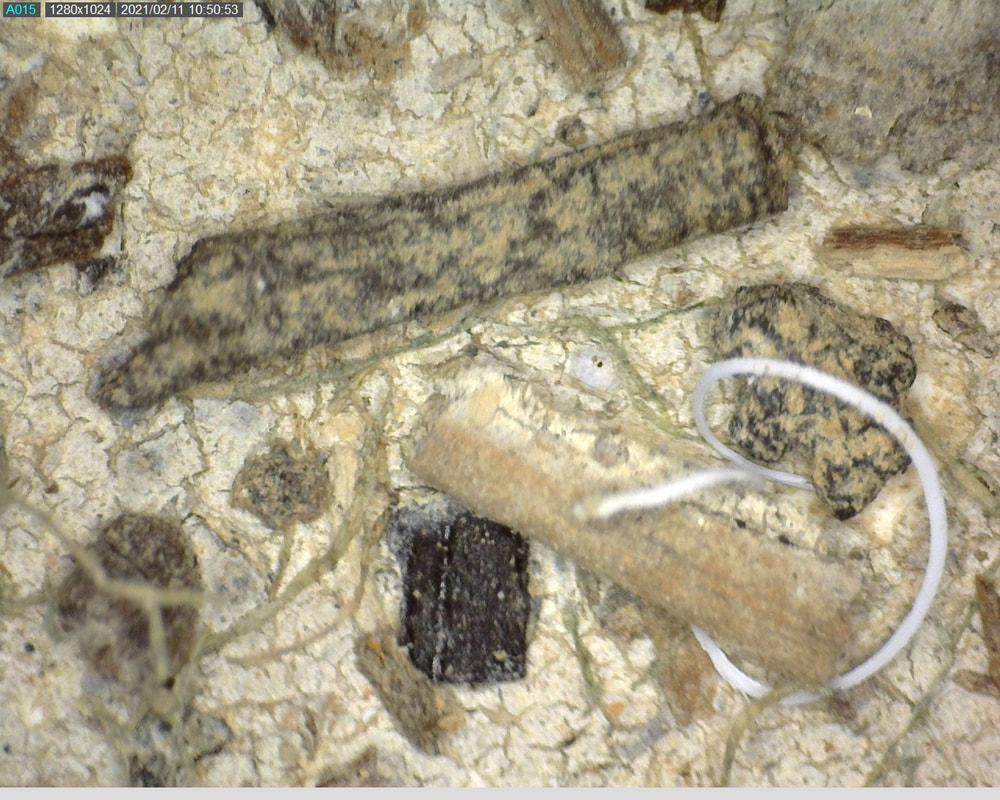
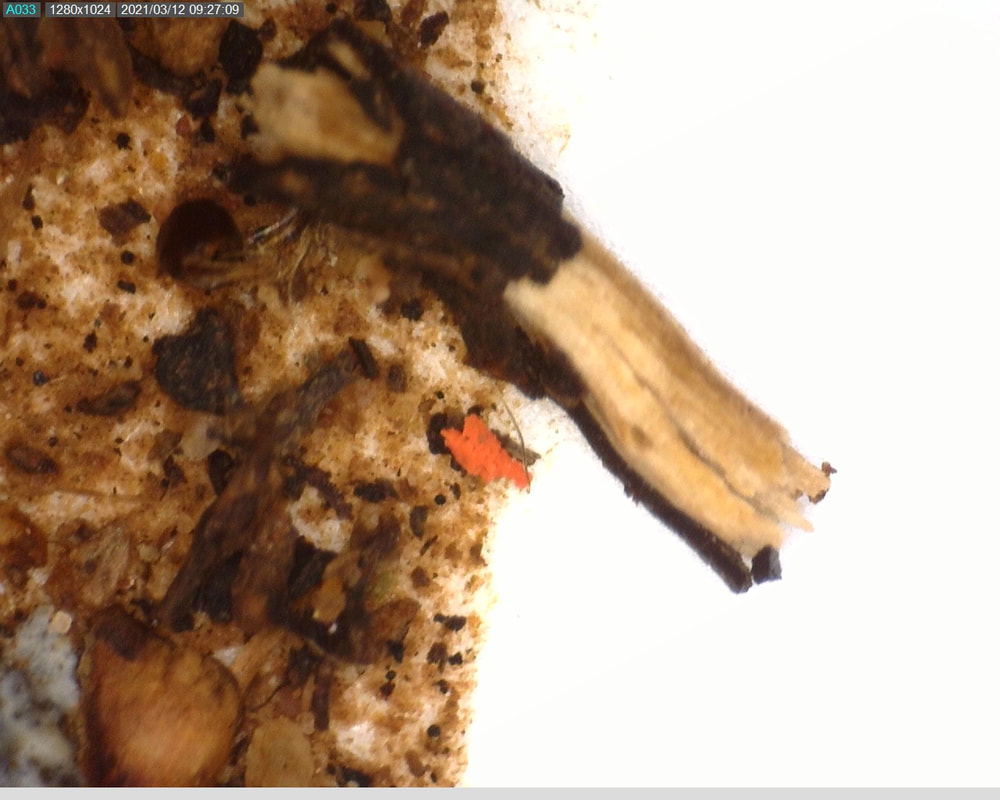
 RSS Feed
RSS Feed